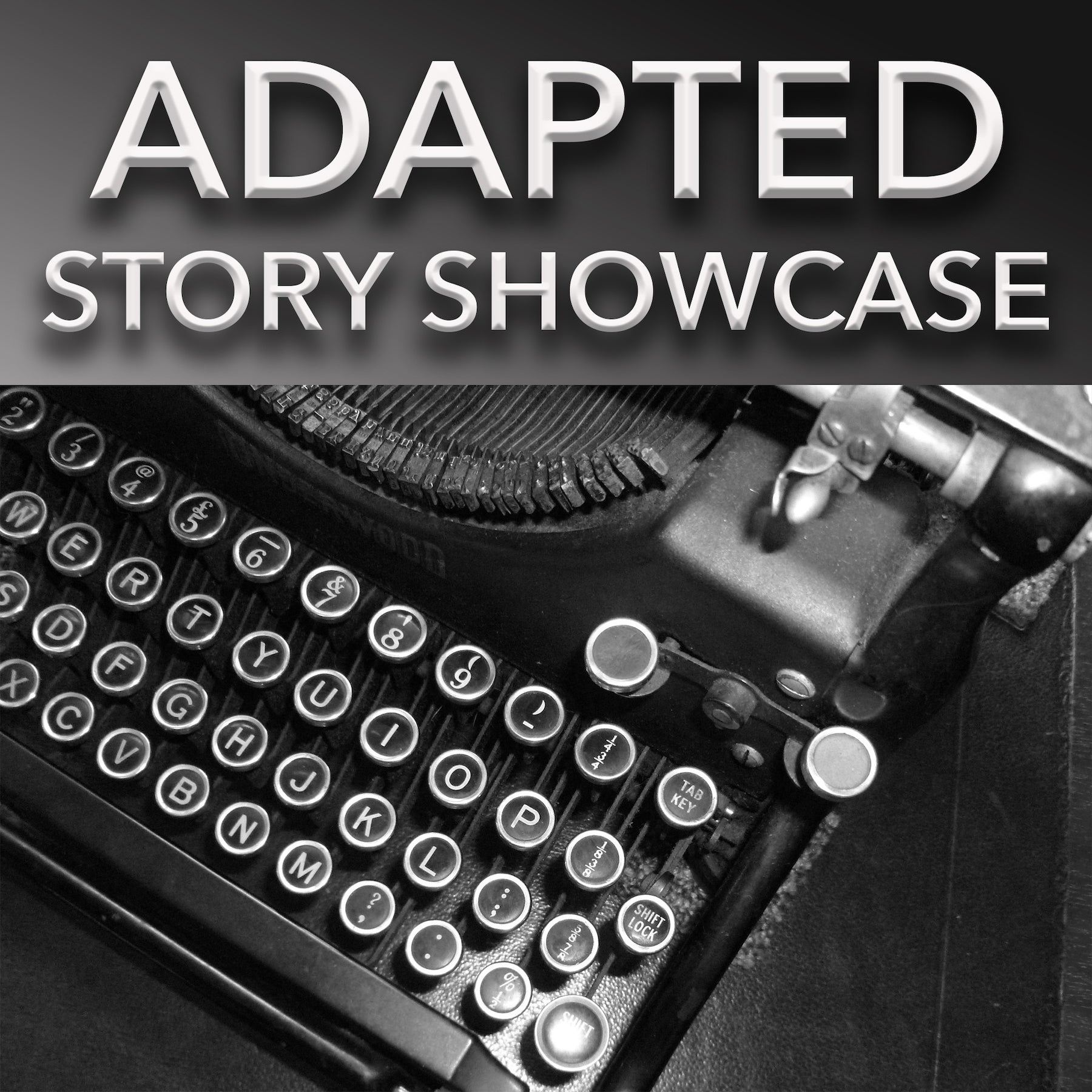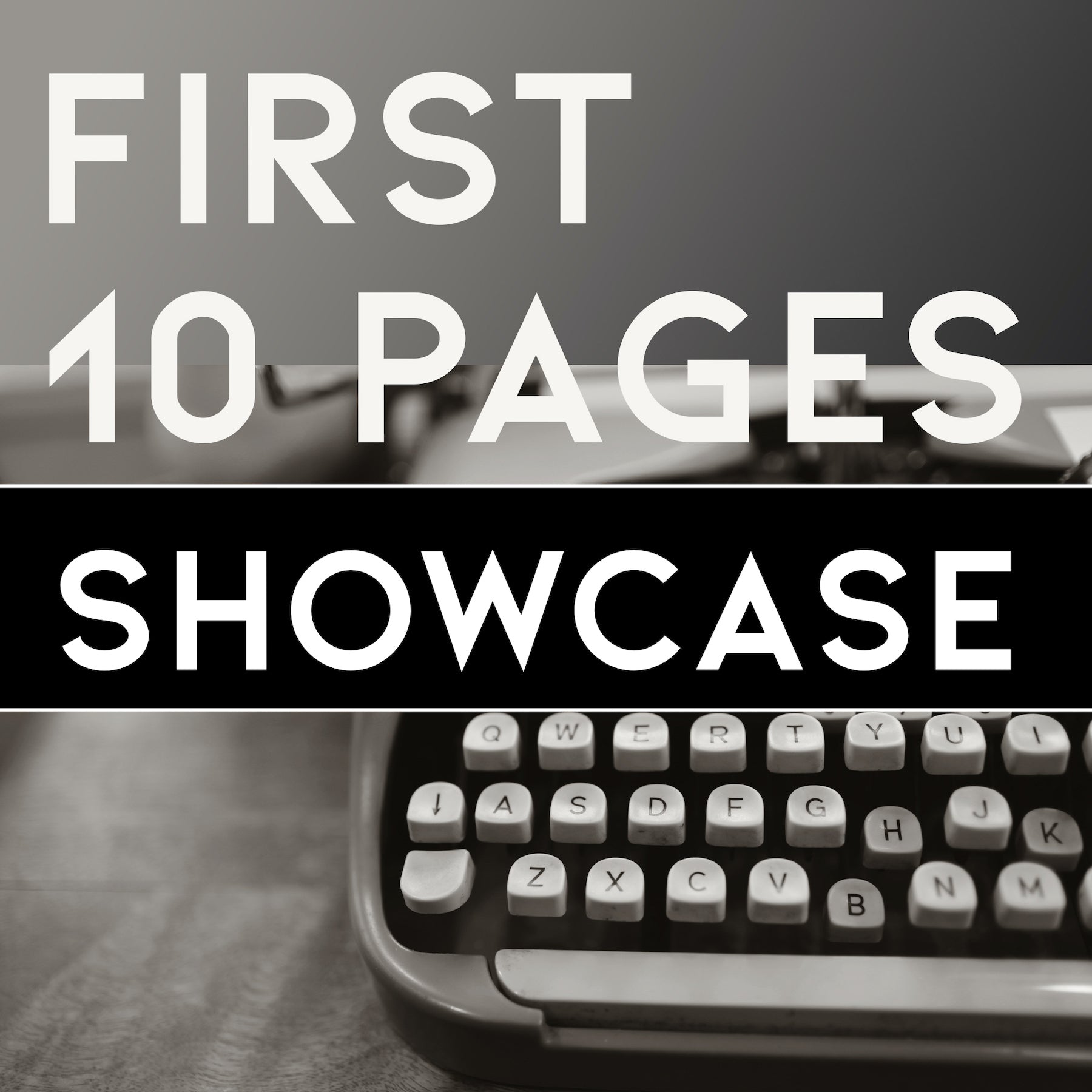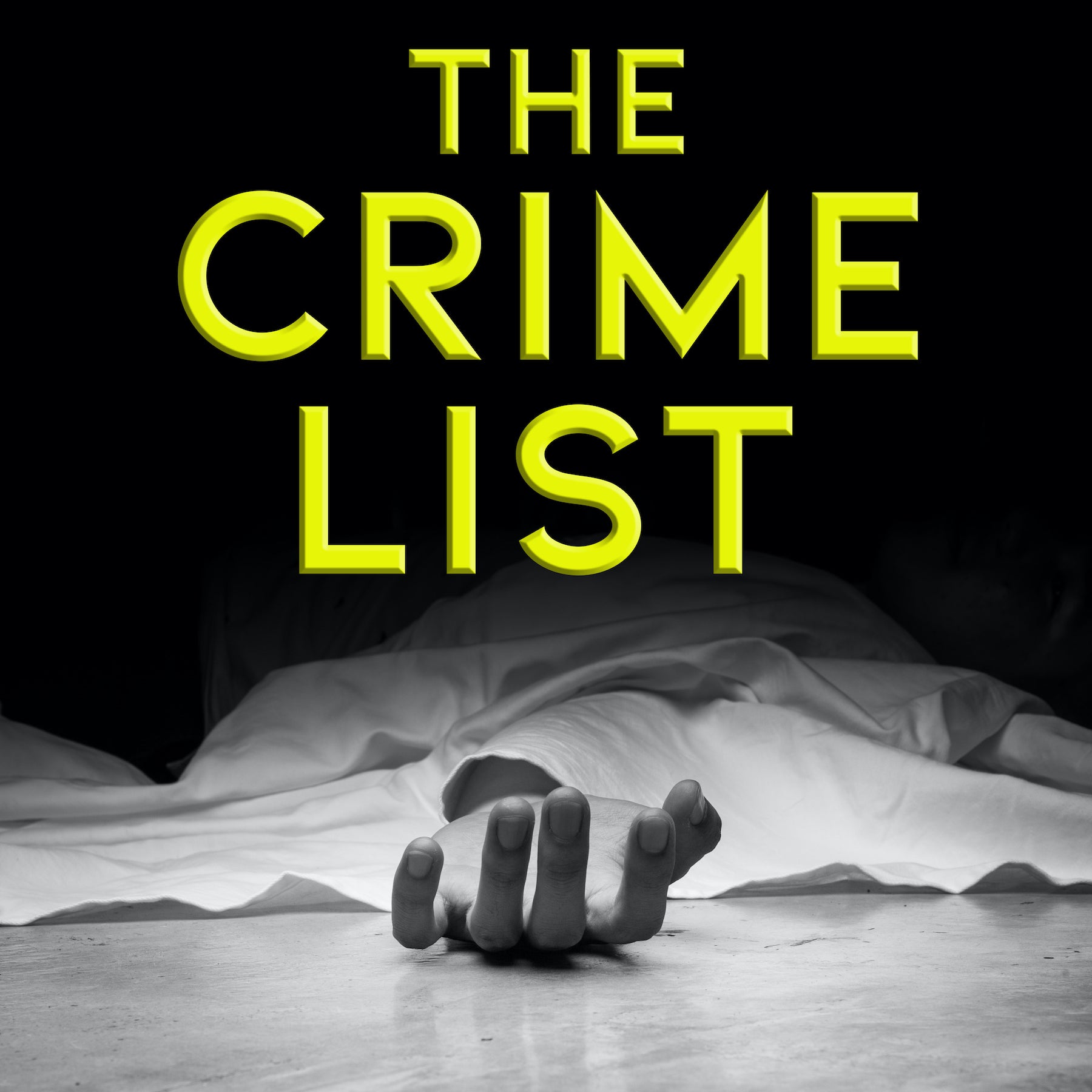
Screenwriting Guide: Key Story Elements
Contents
6 Tips to Craft Compelling Screenplay Scenes
3 Tips on How to Show (and Not Tell)
4 Types of Dramatic Conflict to Incorporate into Your Screenplay Story
How to Creatively Convey Emotion in Your Screenplay
15 Tips for Creating Effective Subplots
How to Create Effective Setups and Payoffs
3 Steps to Create an Effective Flashback Scene in Your Screenplay
The Use of a Montage in Your Screenplay Story
6 Tips to Craft Compelling Screenplay Scenes
Great scenes “play” – they seem to be effortlessly compelling, engaging the reader and involving him on the journey. So, what’s the difference between a scene that plays and one that feels flat?
Scenes that are designed to purely reveal exposition or character, or that consist of “on-the-nose” dialogue are often dull. Scenes that evoke emotion, contain conflict and stakes, change the dynamic, allow audiences to gain insight, and push the story forward are the scenes that make a story work.
Here are 6 tips to craft compelling scenes:
1. Know the Conflict
Scenes revolve around conflict – two (or more) conflicting desires at direct odds with one another. If the forces are tangential the conflict is diluted. A well-written scene presents clearly opposed forces. It is the back-and-forth dynamic, the push-and-pull, the action-reaction component of the scene that makes it compelling - as the conflict steadily increases and ultimately reaches a crescendo. Note:
- Who is driving the scene?
- What does that character want?
- Who or what is opposing that character’s desire?
- What does that opposing force want?
- Track the action/reaction conflict throughout the scene to ensure it is developing - and not static.
2. Evoke Emotion
If the audience feels nothing (or worse, feels boredom) at the end of a scene – then the scene didn’t deliver. Remember, character emotions don’t equate with the audiences’ emotions. A character in a scene may collapse to the floor and cry when her lover leaves her, but the audience doesn’t necessarily feel what the character feels (sadness and loss). A helpful exercise is to note what emotion each scene evokes - whether it is anxiety, curiosity, laughter, joy, fear, sadness - and determine if it is delivering the intended emotional punch.
3. Allow the Audience to Discover the Meaning
If the scene is too “on-the-nose” it deprives the audience of the joy of gaining their own insight and discovering what lies beneath the surface - the real meaning of the scene. Well-crafted scenes don’t spoon-feed information to the audience, they unfold with layers of subtext.
4. Come in Late, Get Out Early
Keep your scenes lean, tight, and focused by cutting extraneous, unnecessary material. Enter the scene at the latest possible moment and end it immediately upon (or before) resolution.
5. Make a Change
If the scene concludes on the same note as it started, nothing has happened. There should be a clear change – it could be a change in stakes, or direction, or knowledge, or any element that affects the story.
6. The Ending is Only the Beginning
Good scenes drive the story forward. They open up new questions, create complications, and establish problems that need to be resolved. Successful scenes create a level of suspense (regardless of genre) that inspires the reader to turn the page to find out what will happen. The ending of a well-crafted scene leads directly into the next scene.
3 Tips on How to Show (and Not Tell)
A main “rule” in screenwriting is “show, don’t tell”. A screenplay is emotionally powerful when it engages the reader. When you “tell”, you communicate facts. When you “show”, you invite understanding. “Telling” disconnects the reader from the material, while “showing” connects the reader.
“Show, don’t tell” doesn’t mean you can’t use dialogue to convey information. It means don’t use “on the nose” dialogue.
Your responsibility as a writer is to create scenes to show the reader/viewer that a character is miserable, hates his job, or is in love with someone.
A screenwriter should show specific details that enable the reader/viewer to reach a particular conclusion. Present the dots and allow the reader to connect them.
How to "Show" (Not "Tell"):
Tip 1: Avoid excessive dialogue.
People don’t talk in long soliloquys expressing their emotions directly (“I love you, Tom”). Eliminate all but the most essential dialogue. Don’t use five words when you can use one.
Tip 2: Keep exposition to a minimum.
Real people don’t explain their backstory to strangers or, even worse, reveal information to people that is already clearly known (“As you know, Bob, you’re my brother”).
Tip 3: When possible, convey the information visually.
Film is a visual medium, the more information you can convey with images, the better. For example: The images of the urban city in Se7en "show" without "telling". The reader/viewer can connect the dots and conclude how the characters are psychologically affected by their environment, without the screenwriter having to ‘tell’ the information in a direct manner.
4 Types of Dramatic Conflict to Incorporate into Your Screenplay Story
Conflict is the Basis for Drama
Audiences don’t flock to see a film where all the character’s play nice and live their lives free of obstacles. Good drama shows characters in confrontation; in dynamic relationships that emphasize their differences and force them to transform.
Conflict Must Have Meaning
If the conflict only consists of a problem that needs to be solved, the story will be flat and the audience will lose interest. The audience needs to know what the conflict means to the characters. How does it affect their actions, their relationships and most importantly, what are the consequences? Showing how a character responds and copes with the conflict helps the audience connect and engage with the story. If the conflict has no affect on the characters, the story will stay stuck on a superficial level. Good dramatic conflict pushes characters to express human qualities that reveal a deeper understanding of the story, ourselves and the world around us.
Good screenwriting weaves more than one type of conflict through the story. Here are 4 types of dramatic conflict you can use in your screenplay:
1. Inner Conflict
Inner conflict occurs when a character struggles with himself (such as Johnny Cash in Walk the Line and Randy “The Ram” Robinson in The Wrestler). The struggle could be anything from a lack of self-confidence to addictive and self-destructive behavior. Inner conflict is tricky to express on screen because… well, it’s inner. The conflict is within the character. For the audience to understand the inner conflict the character must reveal it. The inner conflict must be projected outward onto something else - visually or via voice-over, or through the character expressing his feelings to another character.
2. Relational Conflict
The most predominant type of conflict is relational, often the battle between the mutually exclusive goals of the protagonist and antagonist, though this also occurs between “buddies” and “couples”. Examples include, Harry and Sally (When Harry Met Sally), and Dillinger and Purvis (Public Enemies).
3. Societal Conflict
Societal conflict occurs between a person and a group, and is usually present in films about corruption, justice, or oppression. Stories with societal conflict often incorporate scenes or subplots involving personal conflict. Examples include Erin Brockovich and Star Wars.
4. Situational Conflict
Situational conflict occurs when a character is in conflict with a specific situation; a woman trapped in a burning building, a man hiding in a married woman’s closet when her husband arrives home, a group of stranded adventurers trying to find a way off a deserted island. In films containing situational conflict, the main conflict is still usually relational. Audiences need a personal connection to stay engaged. Examples include The Poseidon Adventure and Aliens.
How to Creatively Convey Emotion in Your Screenplay
Real emotion connects and engages an audience, allowing them to identify and empathize with the characters. To ensure the emotion of a scene resonates it must be conveyed in a natural, creative way to the reader or audience.
Simply showing a character crying every time he’s sad or shouting threats whenever he’s angry provides a superficial response. Focus emotional action or reaction on the most significant and transformational elements of the story and communicate it in a subtle, innovative way.
In the film Open Range, Charley Waite (Kevin Costner) and Sue Barlow (Annette Bening) fall in love. They never say the words “I love you” to one another, they don’t directly express their emotions, they don’t even share a kiss. A culmination of scenes communicates to the audience the deep understanding and love they feel for one another, which screenwriter Craig Storper effectively and creatively pays-off, delivering an emotional punch without a tear or even a word from the main character, Charley (the dialogue is delivered by another character) with a scene that conveys Charley’s deep love for Sue and his fear of losing her before they even begin their journey together:
In an early scene as Charley begins to fall in love with Sue, he accidentally breaks her cherished china tea set (a gift from her deceased mother). Later Charley and his partner Boss (Robert Duvall) prepare to fight the bad guys in a gun battle which neither man believes they will survive. While visiting the general store for provisions prior to the confrontation, Charley tears a page from a Sears-Roebuck catalog, scribbles something on it, crumples it up and quietly passes it to Percy, the livery owner and only friend Charley and Boss have in town.
In the next scene, while Charley and Boss sit below the livery stables sharing what may be their final moments, Percy, sitting in the livery loft, pulls the crumpled paper from his pocket and reads it….
EXT. COVERED WAGON – DAY
Boss and Charley lean back on the tailgate. Boss thinks a moment on Charley's plan.
BOSS
Sounds like you got it all worked out.
CHARLEY
Yeah, 'cept the part where we don't get killed.
BOSS
(pulls out cigar)
Best smoke these whilest we got the chance.
Charley pulls out his cigar and lights it.
BOSS
I was thinkin' about getting out of the damned cattle business.
CHARLEY
Never said nothing 'cept nag me and Button about gettin' out ourselves.
BOSS
Guess my own words struck a chord. Thought maybe I'd sell off the cattle and have enough to start up a saloon somewhere. A man could stay cool in the summer and dry in the winter. Dancing girls'd be nice. Have to get me some.
Charley stares off into the blazing sun, smoking his cigar.
PERCY (V.O.)
If I should die, please sell my good horse and my good saddle and my guns to buy a tea set for Miss Barlow... Charley Waite.
INT. PERCY'S LIVERY - LOFT – DAY
Percy continues reading the torn catalog page from Charley.
PERCY
Post script... I like this one, but I don't know. "Princess Pattern".
In only three lines of dialogue, screenwriter Craig Storper creates emotional impact - revealing to the audience Charley’s final wish: To use everything he has – his life and all his possessions – to show his love for Sue.
Review your story idea and consider how you, too, can creatively convey emotion in your screenplay.
15 Tips for Creating Effective Subplots
1. Connect the subplot to the main plot line.
A screenplay’s plot and subplots should be connected, with the subplots intersecting the main plot line. Without a connection to the main storyline, the subplot(s) will leave the audience wondering why they are in the film. They will feel misplaced and unnecessary.
2. Structure your subplots like a mini-story.
Each subplot has a beginning, middle, and end, with clear turning points and a resolution – often closely following the timeline of the main plot.
3. Ensure your subplot has a purpose.
Subplots should affect the “A” story line and move the plot forward. Think of subplots as having an agenda or goal to achieve.
4. Don’t incorporate too many subplots.
Most films have two to three subplots. Too many subplots can take the reader’s focus off the “A” storyline and cause the narrative to become convoluted.
5. Use the subplots to expand or open up the theme.
Well-constructed subplots expand on the theme of the story – if the theme of your story is love then each subplot should reflect that throughline. In the film Moonstruck, the subplot of Loretta’s father and his mistress, the subplot involving Loretta’s mother and Perry, and the subplot of Cosmo and his wife all expand on the theme of “love”.
6. Use subplots to reveal aspects of the main character.
Subplots including “the love interest” or “the family conflict” can uncover the protagonist’s goals, desires, vulnerabilities, skills, and backstory.
7. Use subplots to show character transformation and change.
The protagonist doesn’t suddenly experience transformation, often a subplot is used to convey how and why the hero changes. In the film Back to the Future, Marty’s feelings about his parents change when he experiences them – via a subplot - as high-school teenagers in the 1950s.
8. Choose the subplot characters carefully.
Supporting characters who are involved in subplots usually have an emotional connection to the protagonist that evolves as the story intensifies.
9. When possible, place much of the subplots’ storylines in Act 2.
By incorporating most of the subplot storytelling in Act Two, subplots can be used to alleviate many of the challenges of the Second Act.
10. Use subplots to add complications.
In the film Changeling each subplot adds another layer of conflict. The main plot involves a mother trying to find her missing child, when the police locate a child and erroneously present him as the woman’s son [subplot] complications ensue, when the woman attempts to go up against the police department she is committed to a mental institution [subplot] and more complications ensue, etc. Well-crafted subplots can be especially beneficial in adding dimension and layers to a predictable storyline, such as in rom-coms, comedies, and horror stories.
5 Tips to Analyze Your Subplot(s)
- Separate each subplot from the main plot to examine and clarify structure – does each subplot have a set-up, turning points, and a resolution?
- How many subplots have you created? If there are more than four, can some be eliminated to clarify the storyline?
- How does each subplot develop the story?
- Does each subplot have a purpose? (reveal character, add complications, expand the theme….)
- Do the subplots intersect the main plot? If not, how can you revise the subplot(s) to connect to the main plot?
4 Ways to Foreshadow Conflict
To foreshadow conflict means to indicate or hint at the difficulties that will arise later in the story. Foreshadowing creates suspense and tension; the audience knows something’s going to happen – they just don’t know what or when. A story’s conflict is best foreshadowed in the first act. In the second and third acts, techniques for creating rising conflict are used to drive the story forward.
Here are four ways to foreshadow conflict in your script:
1. Foreshadow Conflict by Creating Difficult Circumstances
All scripts are driven by conflict. Setting up a story that is rife for discord and problems, with characters that must engage in struggles with one another or themselves in order to reach a final resolution, is the first step in foreshadowing conflict.
2. Foreshadow Conflict by Showing Characters' Reactions
When characters react negatively to a situation – showing fear, stress, anxiety – it heightens the tension for the audience.
3. Foreshadow Conflict by Revealing the Upcoming Obstacles
Show the audience the problems, difficulties and troubles that lie ahead for the characters – doing so causes the audience to worry about what will happen to them. This is an especially effective technique when the protagonist is unaware of the obstacles but the audience knows what’s coming up.
4. Foreshadow Conflict with the Use of Props
When you show a dangerous item or an ominous situation – a gun, a knife, a walking trail alongside a steep cliff with no guard rail, a car that continually breaks down, a door that sticks shut – the reader will remember it and anticipate the conflict to come. At the same time, if you use this device you need to pay it off. Paraphrasing playwright Anton Chekov: If you show a gun in Act I, you need to fire it in Act II. Props need to be set up effectively – not just for foreshadowing purposes but also for clarity and flow. If a character suddenly draws a gun to shoot her philandering husband in Act III, and the reader never saw or heard about the weapon until page 110, the reader’s going to be distracted wondering, “Where did that come from?”
How to Create Effective Setups and Payoffs
Set-ups and payoffs create an engaging and satisfying experience for the audience by allowing them insight into the story as it unfolds. In a setup, knowledge is hinted at. In a payoff, the knowledge is revealed. Often, the setup leads the viewer down the wrong path, while the payoff leads the viewer to an “a-ha, now I know what that meant” moment.
A setup must be subtle enough that the audience doesn’t see what’s coming around the corner, but strong enough so that the audience can make the connection to the earlier clues when the reveal is delivered.
In The Sixth Sense, screenwriter/director M. Night Shyamalan provides plenty of clues (setup) to the ultimate reveal (payoff). Here are just a few from the film:
Setup: After the scene in which Dr. Malcolm Crowe (Bruce Willis) is shot, no other characters talk to him, engage with him, interact with him, or even acknowledge him – except for his young patient, Cole.
Where the set-up leads the viewer: Shyamalan deftly tells the story in such a way that most viewers do not even notice that no one interacts with Crowe.
Payoff: Crowe’s dead – no one can engage with him except Cole, who is capable of seeing dead people.
Setup: Crowe’s wife Anna is distressed, depressed, and distant – she behaves as if her husband doesn’t exist.
Where the set-up leads the viewer: It appears to the audience that Anna is upset because her husband is focused on his work and not paying enough attention to her.
Payoff: Crowe’s dead - his wife is sad and lonely because she misses her husband.
Setup: Whenever Crowe is in the presence of other characters they become cold.
Where the set-up leads the viewer: One of the “rules” of Shyamalan’s story is that people become cold when a ghost is present and since the story focuses on a kid who sees dead people, the audience assumes a ghost is lurking about.
Payoff: Crowe’s dead – characters become cold in his presence because he is the ghost in the scene.
Setup: Crowe travels everywhere by foot or bus
Where the set-up leads the viewer: Walking or taking public transit is pretty innocuous behavior – however, several other characters are shown driving cars (including Cole’s mom Lynn, Anna’s male admirer, and guests at Kyra Collins’s funeral), making it apparent that it is common-place for people to drive in this story. This is one of the points where, combined with the other clues, many viewers most likely began to unravel the mystery.
Payoff: Crowe’s dead – he can’t drive a car and is forced to accompany Cole to Collins’s funeral via bus.
A reveal is not a payoff unless it has been effectively setup.
Here are two steps to ensure you create effective setups and payoffs:
- Review the major reveals of your script. Are they payoffs? If not, create setups to deliver the payoff.
- Review the setups in your script. Do they each payoff? If not, either pay them off or eliminate them.
YOUR TURN: How are you using setups and payoffs in your screenplay to offer audience insight into the story?
3 Steps to Create an Effective Flashback Scene in Your Screenplay
Flashback scenes were once a popular device in Hollywood. Now they usually scream: amateur writer. Readers usually don’t like flashbacks. They can seem contrived. Flashbacks shatter the barrier between reader and writer and stop the forward momentum of the story.
One reason why flashbacks undercut screenplays is that beginning writers frequently use them as crutches, as a way of getting necessary information (exposition) across to the audience. Unless flashbacks advance the story or generate their own excitement, most experienced writers avoid them.
Of course, successful screenwriters do incorporate flashbacks into their stories – but they use flashbacks as a storytelling device, meaning the flashback itself is an integral part of how the story unfolds. The flashback has a valid purpose.
Ted Tally effectively uses flashbacks in his script, The Silence of the Lambs – for instance, when Clarice Starling runs into the parking lot after her initial meeting with Hannibal Lector, she flashes to a past memory of her father’s death (an integral part of the story, as well as Clarice’s character arc).
You can effectively use a flashback by putting the “backstory” scene or memory in forward motion. Instead of telling the audience what happened in the past, use the flashback to show the affect that the past experience has on the present situation.
Here are 3 steps to create an effective flashback scene.
Step 1: Insert or select an organic element in the present-day scene to use as a “trigger” for the character to remember the past experience - such as a couple kissing in a romantic bistro, a photograph of a soldier, a red dress hanging in a boutique display window.
Step 2: Use the flashback event as a means to “spark” a new thought or idea in the character’s mind in the present moment. The new thought or idea must support the character arc or story arc. This technique allows the reader to “see’” what the character is thinking in a visual way and connects the flashback (or memory) to the present.
Step 3: Use the character’s new thought, idea or knowledge (which was sparked by the memory) to generate the character’s next action, decision or choice. This technique allows the story to move forward in a cohesive way (even when the narrative is not presented chronologically) while continuing to serve the through-line.
The Use of a Montage in Your Screenplay Story
A montage is a group of shots that compresses time to encapsulate an experience or convey exposition or backstory - such as montages showing the development of a couple’s relationship in a short period of time or the hero preparing for the big battle (for instance the classic montage from the film Rocky, depicting the protagonist training for the big fight – doing push-ups and running up the steps of the Philadelphia Art Museum.)
When done well, a montage can move a story forward, increase anticipation and even add comedic effect. Where screenwriters can get into trouble with montages is when they forget that a montage is a storytelling device and insert them into scripts with no rhyme or reason simply because they don’t know how else to convey the drama or they want to indicate time passing (such as moving from spring to autumn) You don’t need a montage to do that. A montage should only be used if it adds to the narrative thread. They should be kept to a minimum – one montage per screenplay is usually sufficient.
If you include a montage in your story, ensure it:
1. Contains information that needs to be summed up quickly.
2. Adds directly to the story.
3. Moves the story forward.










